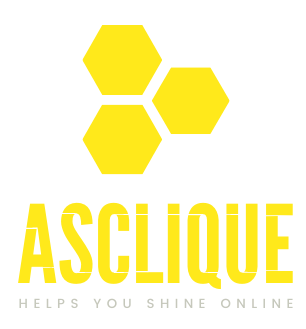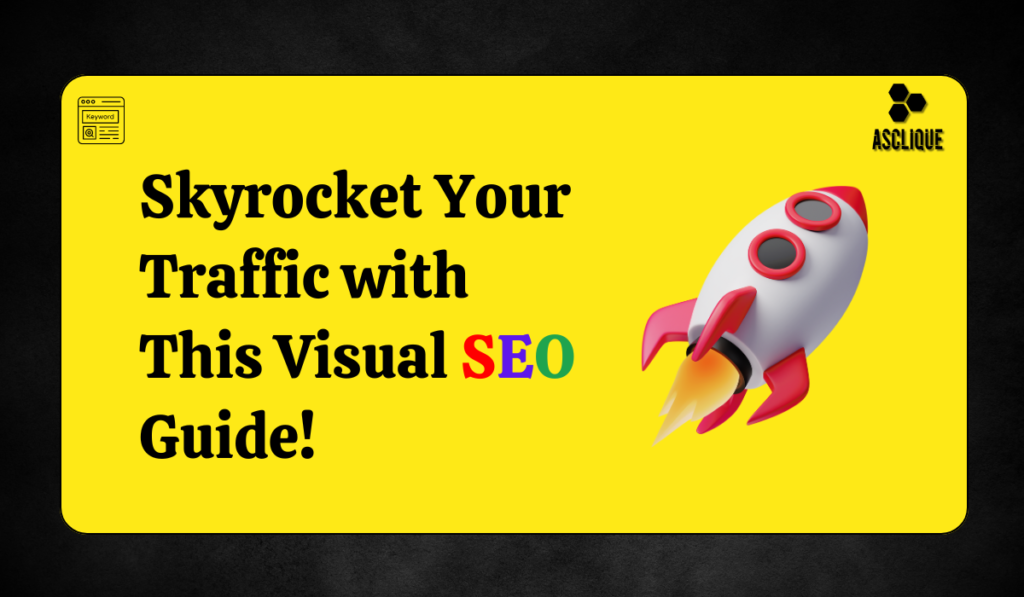Any individual who wants to improve their online presence in the digital world needs to learn about SEO. One of the most fundamental components of SEO is keyword targeting, particularly combined with good on-page techniques. A Visual Guide to Keyword Targeting and On-Page SEO puts forth actionable insights and strategies that can help you to succeed, whether you be a blogger, business owner, or marketer who understands these concepts well enough can make huge impacts toward the overall success of the website.
What is Keyword Targeting?
Keyword targeting is the process of choosing and optimizing certain words and phrases that prospective visitors use when searching online. You may increase the amount of relevant visitors to your website by concentrating on the proper keywords. It would ensure the content was in tune with the audience actively looking for that type of information, product, or service.
Why is Keyword Targeting Important?
- Increased Visibility: Targeting the right keywords will give your content a chance to rank higher in the search results, and since users are very likely to land on your pages on the first page of search results. It is more likely that they will click it and generate traffic.
- Improved Relevance: By using the right keywords for a website, the likelihood of users being able to find what they need on your page will increase, thereby lowering the bounce rates and increasing engagements. Relevant content will keep the user on your page longer, making it keep your chances of conversion higher.
- Better Conversion Rates: A better keyword set can attract more targeted leads at a more advanced stage of the buying process, thus driving more conversions. For example, a user searching for “buy running shoes online” is likely to buy compared with someone searching for “running shoes”.
Statistics to Consider
- Keyword Selection: A report from Ahrefs study shows that 92% of keywords get ten or fewer searches per month. In this regard, searching for niche keywords would sometimes prove to be more rewarding than looking for popular ones because these have relatively fewer competencies while you can have a bigger chance of ranking higher.
- Search Engine Rankings: The research shows that the top five results on Google garner 67.6% of all clicks. It therefore comes out very evidently why proper keyword targeting is essential to get into those prized positions. It can cause a huge surge in traffic at your site if ranked in top positions.
Crafting Your Keyword Strategy
A strong keyword strategy is the basis for successful communication with your audiences. This involves choosing keywords in your content at a time that suits their intent. The following post will dive deeper into some key steps in identifying the right kind of keywords for online success.
Conduct Thorough Keyword Research
Start with free tools such as Google Keyword Planner, SEMrush, or Ubersuggest to find relevant words connected to your niche. Target long-tail keywords which are less competitive but still have a decent volume of search. Long-tail keywords are phrases that are usually three or more words long and highly specific to what you are offering.
Analyze Your Competitors
Identify the key words that your competition is targeting. Tools like Moz will allow you to track which key words are driving visitors to the site of your competitors. This information can be applied to refine your keyword strategy: knowing what works for your competitor can help guide what you do in your content.
Create Quality Content Around Your Keywords
Once you’ve found your words, produce content that answers the questions and solves the problems of your audience. Be sure that your content is informative, valuable, and aligned with the keywords that you’re targeting. Quality content keeps readers on your site and encourages them to return for more.
Utilize Content Formats
Infographics, videos, podcasts, and blog posts: Use varying content formats, such as blog posts, infographics, videos, and podcasts. Each of these formats may appeal to or cater for differing preferences among your audiences. Infographics will engage your visually oriented learners, while podcasts appeal to those interested in audio content.
On-Page SEO: The Key to Success
SEO on-page means optimizing single web pages in order to rank higher and get more relevant traffic. The following techniques can help you with on-page SEO:
Optimize Title Tags and Meta Descriptions
Make sure your title tags and meta descriptions contain your goal keywords. They should be interesting and actually indicative of the content on your page. In addition to this carrying out SEO, it will attract people to click through to your website. Target a length of approximately 60 characters for your title tags and about 150 for your meta description so they are both viewable in search engine results.
Use Header Tags Wisely
Break up your content using header tags (H1, H2, H3). It will also make your article more navigable for readers and will help search engines understand your content structure. Add your keywords to headers wherever possible. A well-structured article yields a better user experience and boosts the opportunities for longer visits on your site.
Implement Internal and External Links
Internal linking to other relevant pages on your site can enhance your SEO and help users discover more of your content. You can also make your content more credible through references to reliable external sources. Internal linking keeps users interested in your site, whereas external links can build trust with your search engines.
Optimize Images and Alt Text
Image qualities can also uplift user interactions, but simultaneously, if not optimized, then your site will suffer. Insert the relevant keyword concerning your image file name and alt text to improve SEO. Furthermore, compress your images so that it would not take a long time to open up. Pages with fast loads contribute to having better user experiences as well as better search rankings.
Monitor Your Performance
You should regularly check the performance of your website using tools like Google Analytics. You should then monitor the rankings, traffic, and user engagement. Those will be fantastic insights for adjusting your strategy as you are continuously improving your SEO efforts. Being aware of your performance keeps you data-driven in making decisions to beef up your content and overall strategy.
Conclusion
A Visual Guide to Keyword Targeting and On-Page SEO provides a roadmap for successfully attracting the right audience to your site. Understand keyword targeting and leverage effective strategies in on-page SEO so as to reinforce both the presence and relevance of your website with its users. Begin optimizing today, and watch your traffic grow. Remember that because this digital landscape is constantly fluctuating, obtaining the latest best practices in SEO will help in the long term.
FAQ’s
What is keyword targeting?
Keyword targeting means to choose the words that are going to optimize your content in order to increase visibility on search results.
How can I find the right keywords for my content?
Make use of tools like Google Keyword Planner, SEMrush, and so forth to find what keywords apply to your niche; pick out long-tail keywords that are low competition.
What is on-page SEO?
On-page SEO refers to the optimization of individual web pages to achieve ranking and relevant traffic. Things like title tags, meta descriptions, and content structure all fall into on-page SEO.
Why is monitoring SEO performance important?
The only way you will know whether something works or doesn’t is if you continue monitoring your SEO performance which will, in turn help you fashion better strategies or adjustments.

